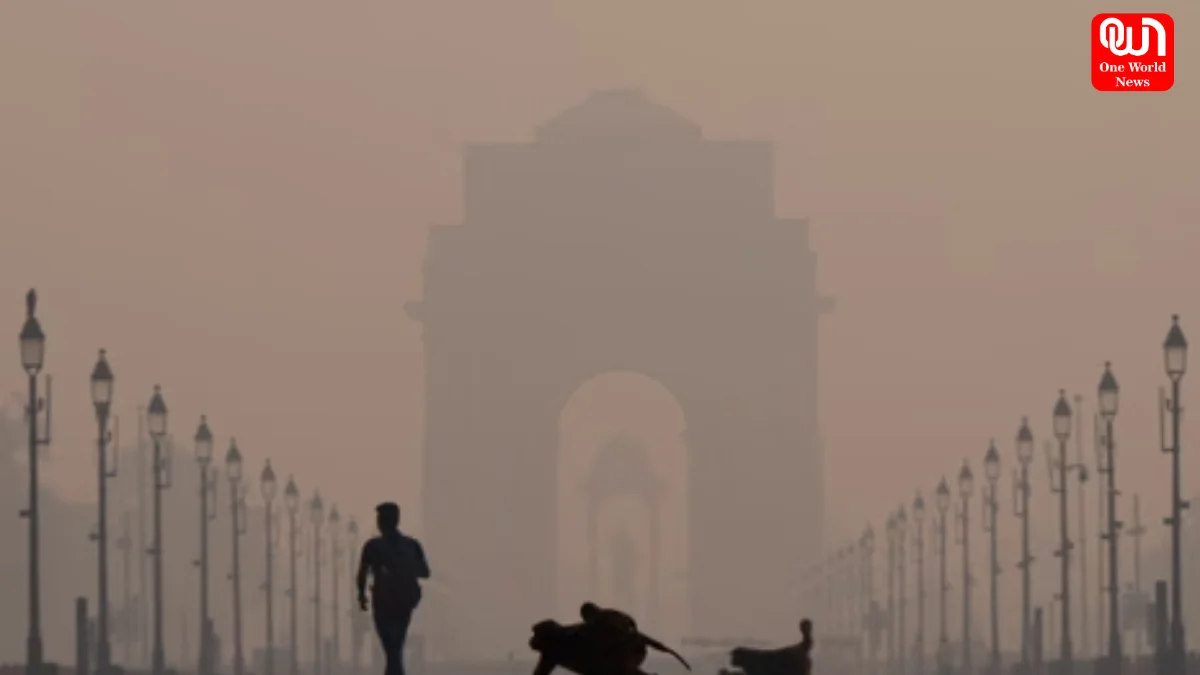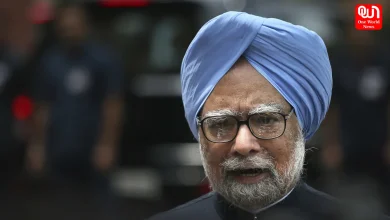Delhi’s Political Storm Intensifies as Cloud-Seeding Fails to Deliver Rain
Delhi’s Cloud-Seeding Fails experiment sparks political blame games as smog persists and artificial rain attempts fall short in improving air quality.
Delhi’s Pollution Politics Peak as Cloud-Seeding Fails to Bring Rain and Sparks a Political Blame Game
Delhiites began their Wednesday under a blanket of haze and cloudy skies as the much-anticipated cloud-seeding fails attempt did not bring the expected rainfall. Despite efforts to improve air quality, the city continued to choke under ‘very poor’ air conditions, with several areas crossing the 300 AQI mark. Data from monitoring stations revealed AQI levels at Anand Vihar, ITO, and Akshardham all recorded at 307, while India Gate fared slightly better with an AQI of 282. The absence of rain underscored the capital’s struggle to find effective solutions for its persistent pollution woes.
Cloud-Seeding Effort Marks a Historic Attempt
After more than five decades, Delhi revisited the idea of inducing rain artificially to combat pollution. The cloud seeding was carried out in collaboration between the Delhi government and IIT-Kanpur, targeting key areas such as Burari, North Karol Bagh, Mayur Vihar, and Badli. Environment Minister Manjinder Singh Sirsa confirmed that more such operations were planned, emphasizing the scientific nature of the experiment. However, meteorological conditions played spoilsport. The India Meteorological Department (IMD) reported that the moisture content in the atmosphere was just 10-15 percent—well below the ideal threshold required for successful cloud formation. Despite the setback, the government maintained that particulate matter levels had reduced in areas where the trials were performed.
Read more: Amazon Plans Lay Off 30,000 Corporate Employees Amid AI-Driven Restructuring
Limited Success, Mounting Criticism
As the skies remained dry, opposition leaders quickly seized the opportunity to criticize the initiative. The Aam Aadmi Party (AAP) called the exercise a “big fraud,” accusing the BJP-led Delhi administration of misleading citizens with claims of artificial rainfall. Citing IMD data confirming no precipitation anywhere in the city, AAP’s Delhi president, Saurabh Bharadwaj, questioned the credibility of the government’s claims. “The BJP government is claiming to have carried out artificial rainfall, but not a single drop fell anywhere in the city,” he remarked. Local MLAs from Kondli and Burari echoed similar sentiments, asserting that there was no rainfall in their constituencies.
Political Slugfest Over Cloud-Seeding Fails Attempt
The cloud-seeding fails experiment has quickly evolved into a political flashpoint. AAP leaders accused the BJP of using the failed trial as a publicity stunt, with Bharadwaj quipping that “even Lord Indra is upset with the BJP.” The opposition framed the event as an attempt to “steal Lord Indra’s credit” in case of natural rainfall occurring in the coming days. AAP Spokesperson Priyanka Kakkar further criticized the ruling party, stating that while the previous AAP government had introduced comprehensive summer and winter action plans to tackle pollution, the BJP administration relied only on symbolic gestures. “What does the BJP do? It shuts down monitors to manipulate AQI readings,” she alleged, calling for more sustainable and science-backed strategies.
Cloud-Seeding and Delhi’s Environmental Challenge
The cloud-seeding fails incident has reignited debates around Delhi’s environmental management strategies. Experts note that while artificial rain can temporarily reduce particulate matter, it is not a long-term solution. The success of such interventions depends heavily on humidity, wind speed, and atmospheric stability—all of which were unfavorable during the recent trials. The lack of adequate moisture was a major limiting factor, making the exercise more of an experimental trial than a practical fix. Moreover, Delhi’s pollution is a multifaceted crisis stemming from vehicular emissions, stubble burning, and industrial activities. Addressing these sources requires coordinated policies rather than one-off weather modification attempts.
Read more: Manmohan Singh’s Clash with CAG: How the ‘Stinking Room’ Audit Exposed India’s Coal Scam
The Road Ahead: Seeking Real Solutions Beyond Cloud-Seeding
As Delhi continues to battle hazardous air quality, the cloud-seeding fails episode highlights the urgent need for a more comprehensive approach. Environmentalists suggest strengthening emission control laws, expanding green cover, and investing in cleaner transport infrastructure. Citizens are increasingly demanding accountability and transparency in how pollution data is recorded and reported. While technological interventions like cloud seeding can complement efforts, experts stress they cannot replace systemic policy changes. Unless Delhi tackles the root causes of pollution, the capital risks being caught in a recurring cycle of smog, politics, and failed experiments.
We’re now on WhatsApp. Click to join.
Like this post?
Register at One World News to never miss out on videos, celeb interviews, and best reads.








